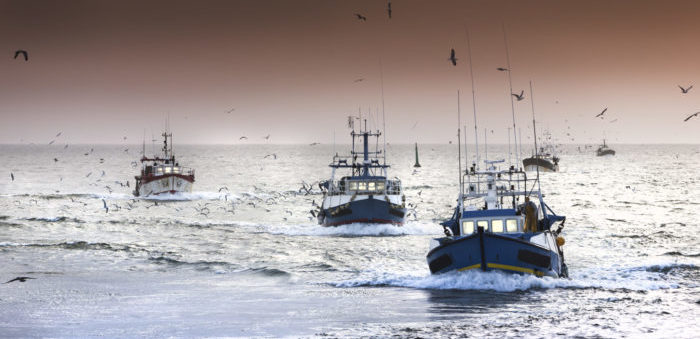The Shipowners Club said it has encountered eight damage to property claims allegedly caused by the snagging of fishing gear on subsea cables over the last two years. In this regard, Nicholas Kazaz, a commercial dispute resolution lawyer at international law firm Holman Fenwick Willan (HFW), shared his views on best practices for operators and fishing vessel owners to minimize the risk of cable damage.
Although the number of claims is reasonably low, due to the nature of the property suffering damage, the quantum of such claims is invariably high, sometimes reaching into millions of dollars.
The cost of repairing a subsea telecoms cable averages £750,000 and can be up to £10 million for a power cable, he noted.
Vessels most at risk from uncovered subsea cables are those with towed gear, bottom and beam trawls, and dredges. At best, a snag on a cable will involve the loss of fishing time, equipment and catch. At worst it could entail loss of life and the vessel itself.
Recommendations
-For shipowners:
- Correct navigation practices and passage planning should be implemented at all times. All voyages should be carefully planned. This can often be overlooked when operating in familiar waters.
- The area in which fishing operations are to be conducted should be assessed before commencing the voyage and operations. Subsea cables and other obstructions are shown with accompanying notes on admiralty charts as well as modern electronic charts and plotters (as mentioned below). However, users must ensure that charting systems are up to date and that electronic charts are correctly planned and assessed.
- Temporary and preliminary notices to mariners (T’s & P’s) provide advance warning of new subsea cables and other underwater obstructions and should be consulted. The notices are published on a weekly basis by the Admiralty and detail any new obstructions before the associated chart connection are published.
- Radio navigation warnings and broadcasts via Navtext or EGC Safety Net can also provide useful information in relation to new Subsea Cables and other works. Navtext systems and other GMDSS receivers should be correctly configured to receive navigation warnings. Further guidance can be found in Admiralty List of Radio Signals (Vol. 5).
-For fishing vessel owners:
- Keep their Automatic Identification System (AIS) operational at all times (as legally required to do if a vessel is over 15m); and
- Never assume that cables are buried.
- Ensure they have the latest KIS-ORCA charts uploaded in their plotters;
- Consult the Kingfisher fortnightly bulletins, which provide updates concerning the position and condition of subsea cables; or
- Use local alternatives if operating outside of an area under the KIS-ORCA scheme.
Meanwhile, the Code of Safety for Fishermen and Fishing Vessels, 2005 includes the following:
1.3.13 -Particular care should be taken when the pull from fishing gear might have a negative effect on stability (e.g. when nets are hauled by power-block or the trawl catches obstructions on the seabed). The pull of the fishing gear should be from as low a point on the vessel, above the waterline, as possible.
4.1.7 -Fasteners (obstructions to gear on the seabed) are a source of danger on deck until the last section of gear is on board. The tension in the warps to clear fasteners should be from as low a point and as near to the vessel side or stern as possible. Great strains can occur in unexpected places when heaving on taut warps or by the motion of the vessel. Fasteners which result in the gear being parted at one end and the entire load being hauled from one warp present dangerous situations.
4.2.4 -When a net becomes fast to an obstruction on the seabed (a fastener), the winch drum brakes should immediately be released.The skipper should never try to recover a net from a fastener with the warp running over the block at the outboard end of the outrigger boom. There is a danger of capsizing the vessel in this way. The warp block at the outboard end of the boom should then be lowered and brought inboard. The same applies to hoisting heavy or unknown weights in this manner.

































































